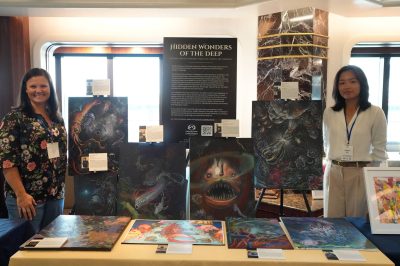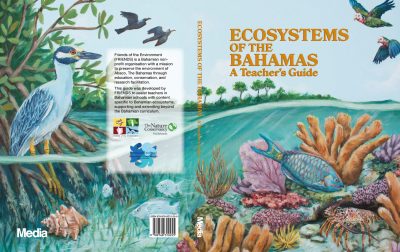
Science Without Borders®: Expanding Our “Reefs at Risk Activity and Coloring Book” Worldwide
Following the mass bleaching events that endangered coral reefs in 2023, we published the first book in our Reefs at Risk: Activity and Coloring Book series, focusing on coral bleaching. Unfortunately, mass bleaching events have continued into 2024 in the southern hemisphere, with









